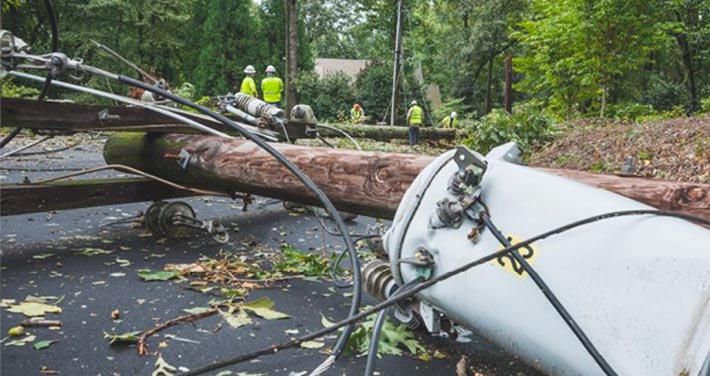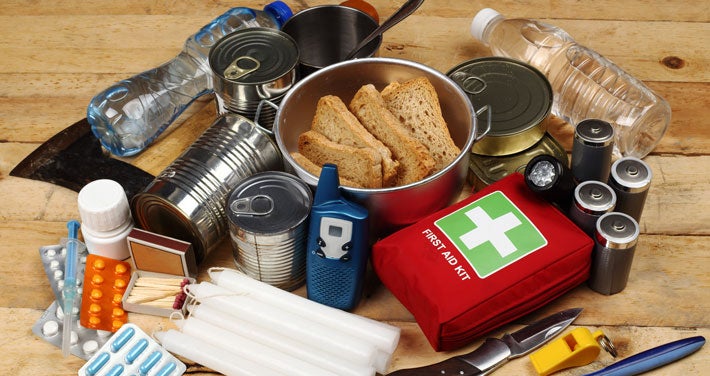Unitil works around the clock to ensure customers, employees, and the communities we serve are safe, with ongoing, comprehensive training programs to ensure our team is fully certified and experienced with any situation. We also provide emergency services 24 hours a day, seven days a week, and are available to answer any questions about the safety of your energy services.
Extreme weather challenges our infrastructure, and poses risks for humans and animals alike. A good rule of thumb: if you’re uncomfortable, your pet is likely uncomfortable. Here are some tips to ensure your furry or feathered friends are safe and comfortable when Mother Nature shows her ire.
Did You Know? When the air temperature climbs to 95 degrees, asphalt temperatures can top 150 degrees, making it dangerous to walk your dog. Consider a romp in the park instead.
Make Sure They’re Microchipped
High winds and fallen trees can take fences down with them, and thunder and lightning can frighten an otherwise calm critter, prompting them to bolt. ID tags and microchips can help identify lost pets and reunite them with their owners.
Stock That Emergency Kit
When building or refilling your emergency kit be sure to pack food for pets – a five-day supply is ideal – and increase the amount of water to account for your cat or dog. If they take medication on a regular basis, you’ll want to add this to your list as well.
Water, Water...Where?
If you rely on a well pump for drinking water, it’s essential to have a backup plan for when the power goes out – whether that’s summer or winter. Keep sufficient potable water on hand for cooking and drinking.
Limit Outdoor Time
During the hottest summer months, walk your dog early in the morning or after dark, when temperatures are lowest. Conversely, potty breaks should be limited when temperatures drop below freezing for a prolonged stretch, as both cats and dogs can suffer from hypothermia. Small and elderly dogs are especially vulnerable to temperature fluctuations.
Be Aware of Electrocution Risks
Be sure to check the yard for downed power lines, broken fencing, or other dangers before allowing your pet back outside. Assume all downed lines are energized and stay as far away as possible, and avoid flooded or debris-laden areas, as downed lines may be hidden. Call 911 to report a fallen power line.
Protect Against Carbon Monoxide Poisoning
Carbon monoxide is a natural byproduct of gas appliances, and proper ventilation is essential. Exposure to this colorless, odorless gas can cause dizziness, nausea, and headache, and prolonged exposure requires immediate medical attention. Pets are often affected by carbon monoxide before humans experience symptoms, so a functioning carbon monoxide detector is essential. If you suspect a gas leak, move to a safe place and call 911.
Key Takeaways:
- Keep your pets in mind when building your emergency kit. Include food, extra water, medicines, and a collar/leash or carrier. FEMA also suggests packing important documents, a familiar item to help reduce their stress, and a picture of you and your pet together in case you become separated.
- Bring pets indoors well ahead of a severe storm, and bring pets with you if you need to evacuate. Contact your local emergency management agency ahead of time for information about which emergency shelters allow pets.
- If you’re uncomfortable, your pet is likely uncomfortable.





